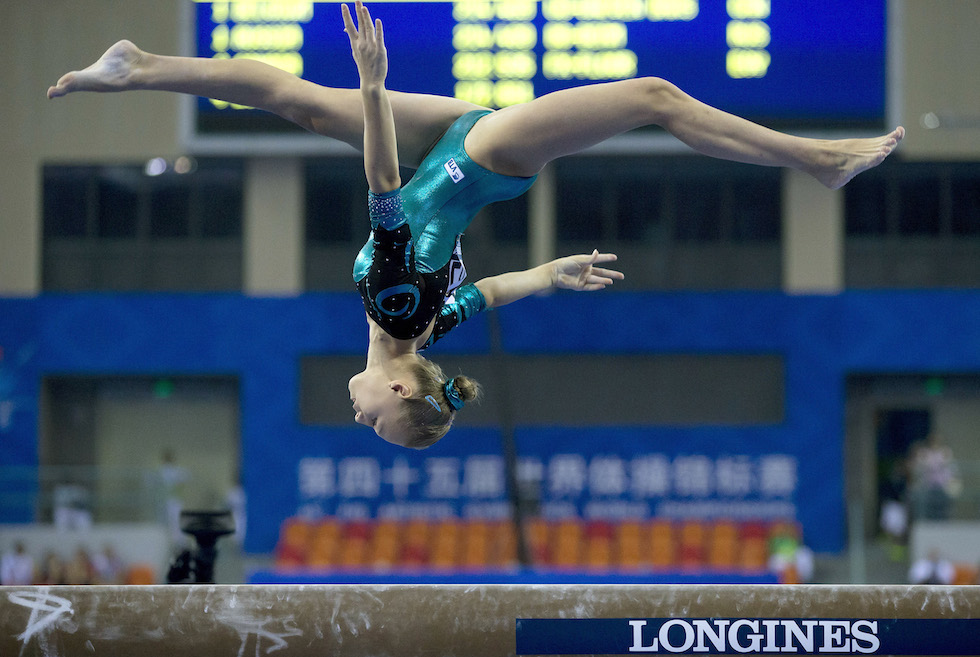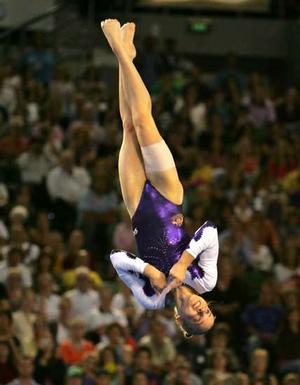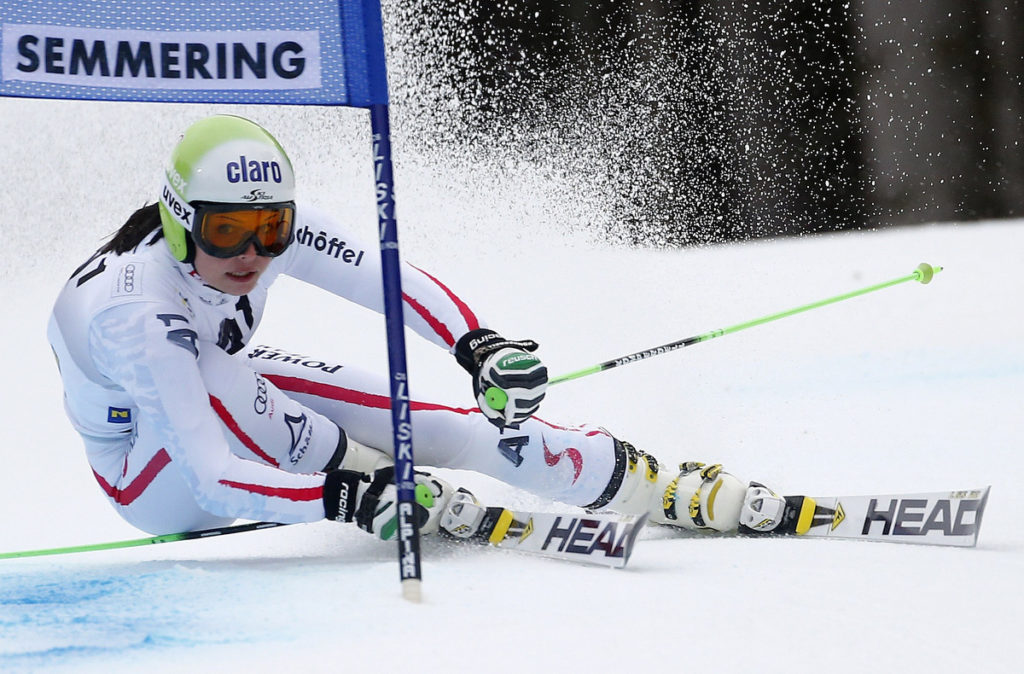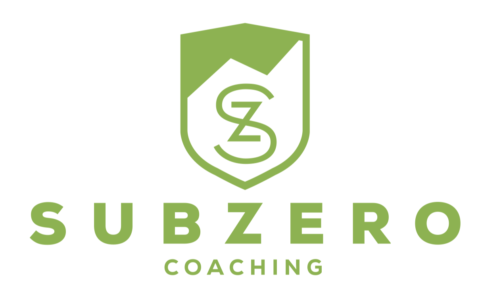Sports for Skiing – Gymnastics
Sports for Skiing – Gymnastics
Gymnastics is a very disciplined sport requiring high levels of body control, strength and dynamic power.
Gymnasts typically spend around a third of their time on specific conditioning exercises in order to be capable of training their moves. It is a tough sport, but also extremely enjoyable and can be enjoyed by anyone, not just little girls in pigtails.
It is the strength, flexibility and body control elements that are the most applicable to improving skiing, as well as learning somersaults and twists for skiers looking to improve in the park.
Many gymnastics clubs offer some sort of adult class, and with freerunning / parkour becoming increasing popular with young people clubs have started to offer classes in order to teach safe technique in a secure environment.
Proprioception
The different planes that the body moves through during many gymnastic moves means gymnasts develop high levels of proprioception; the understanding of the body in time and space.
It’s a fairly crucial skill as it stops them falling on their faces mid-somersault and occurs as a result of normal training rather than being a specific focus.
Skiers need to develop an awareness of the body before they can start using proprioception to influence their skiing so spending time in different planes and in movements will allow them to train this particular skill.
Consider the classic cartwheel; you need to know where your arms and legs are in relation to the ground and how fast they are moving in relation to other body parts in order to perform a successful cartwheel.
Now consider that understanding translated into skiing; hopefully the skier would have a more developed understanding of where their legs are in relation to the rest of the body and so are more capable of making small adjustments to get them into the correct position.
An example would be the inside knee dropping inside the turn, a fairly common fault in female skiers due to their femur and hip anatomy. Developing the ability to better feel that knee and know where it is in relation to the rest of the body and the ideal position, without looking down at it, would mean the skier is better able to alter its position when required. Correcting that inside knee would correct the inside ski, resulting in better overall performance.

(AP Photo/Andy Wong)
Balance
Gymnasts need to have good balance, not only to stay on the beam but to keep themselves in control throughout moves. No two backflips are the same so they need to be able to land and hold their balance despite slight differences e.g. landing with bodyweight just off centre.
Balance is generally trained alongside core strength. The core is the most vital part of balance and without it many people just can’t hold a position or recover from a fault. Consider a skier; if your bodyweight is slightly inside the carved turn, are you strong enough to keep your body tight and reposition without falling? Or will the forces you are experiencing push you out of balance?
Turning and Tumbling
The most obvious reason to train gymnastic elements during the summer would be to improve freestyle skiing. Learning to somersault and land on a nice squishy crash mat is preferable to landing on ice. And may enable you to practice more before heading to A&E. 
The best way to learn is to head for a trampoline and grab a coach for an hour.
Learn some basics and start to challenge yourself by adding rotation into the moves. Whilst most trampolining and gymnastic facilities will not allow skis equippment to be used, there is plenty of worth in training the movements.
When put back onto snow, ideally the skill such as a 360’ jump is so well practiced that it has some expert autonomy about it. The skier can make adjustments whilst in the air to control, balance and land without having to think about it too much; freeing up the brain processing power for the different environmental factors now affecting the jump such as a different take-off method.
Proprioception will also start to be trained during trick practice as a secondary outcome, similar to gymnasts.
Flexibility

Being more flexible means the body can go through a greater range of movement before a muscle becomes in danger of being overstretched, or ‘pulled’.
In skiing terms, generally, gymnasts train not only to be flexible but to be strong at the limits of their range. This strength, even at full flex, enables the gymnast to reposition themselves into a safer position.
The same would apply to a skier; being that bit more flexible means that when an edge is caught there is a reduced chance of injury as the legs can split apart wider, the balance held through a strong core and then the leg pulled back into position. A perfect example of why to train more than one element of fitness or a sport.
A good way to improve flexibility is to use proprioceptive neuromuscular facilitation (PNF), a method commonly used in gymnastics. PNF is a method of stretching that involves a series of contractions and relaxations of the muscle with an imposed stretch during the relaxation phase, and can be performed with a partner or alone.
In summary
Gymnastics are a fun, active and alternative way to train the basic skills of strength, flexibility and proprioception that can be easily transferred back to a skiing environment, but with significantly warmer toes whilst training.

Anna Fenninger in Semmering. (Dominic Ebenbichler/Reuters)
Written by:
Caroline George
Previous chapters from the same series:
Sports For Skiing – Introduction
Sports for Skiing – Running VS Cycling
Ski Fitness Preparation in our ski courses
All our ski instructor courses are run by a team of coaches working together. We believe that a correct physical preparation is fundamental for the success in a ski career. Having dedicated coaches, along with physiotherapists and postural educators, helps us keeping the trainees aways from injuries.
This is valid for all our group courses in Zermatt, like the Autumn and Winter Gap Courses,
the ISIA Level 3 Course and the Level 4 Course.
For more courses you can visit the dedicate webpage here. Private coaching in Switzerland and across Europe is also available contacting us at info@subzerocoaching.com
